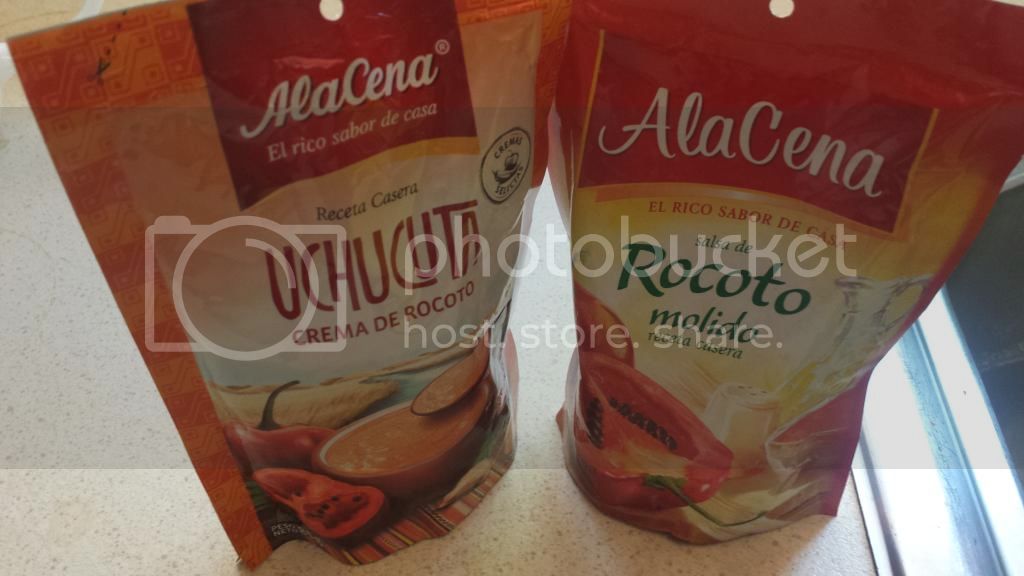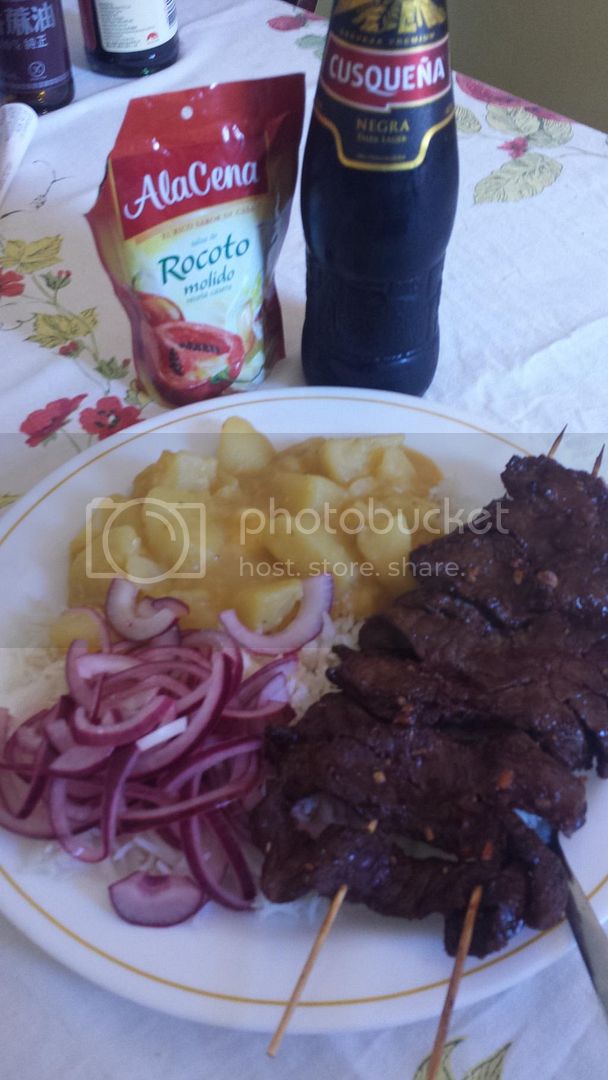Any stir fry with meat and rice involved is pretty much Chinese influence, just that the whole recipe and technique here resembled this specific Chinese dish. So I wondered if it had a story since this is sort of the national dish of Peru as well.
Okay this story will do:
Lomo Saltado: A Dish of Nation Building
No matter where one goes, one dish seems to represent Peruvian food almost more than any other. I am not talking about ceviche, though God knows I love ceviche. Instead it is a cross-cultural marriage of a beef stir fry with indigenous, Peruvian potatoes called Lomo Saltado.
Translated literally, the name seems to mean “jumped loin” or loin made to jump about. The image is much more poetic and precise than the English stir fry, since the chef does make the beef jump in a hot fry pan or wok.
But a wok? Stir fry? This is Peru, not China. How come words that suggest the other side of the Pacific Ocean are used to talk about the almost prototypical Peruvian dish?
In that is a story, an important story, about the layering of different cultures that makes up contemporary Peru. In the nineteenth century, the Pacific was a superhighway of trade and migration. Peruvians were among the first to reach California en masse to seek their fortune, once gold was discovered in Sutter’s mill.
The Gold rushes, in California and Australia, along with the demands of English mercantilism, led to a boom in commercial agriculture on Peru´s coast. A labor force was needed. Just as in the US west, where men from China built the railroads and worked in mining camps, masses of Chinese came to Peru.
Here, though, the Chinese blended over time into the indigenous population forming an important strand of what is simply called creole, or criollo, culture.
No one knows when or where. But someone was the first to marry indigenous Peruvian notions of what a meal is, i.e. something with potatoes, with Chinese techniques of cooking. From that was born a whole family of dishes simply called saltados, or stir frys. While inevitably humble in origin, they can also become exquisitely refined in the hands of fine chefs.
While beef is the most common, the meat can become chicken to make a pollo saltado. Or, instead of potatoes can one cane make a stir fry of those meats with noodles, forming one or another version of a tallarin saltado.
But these dishes, saltados all, are not considered Chinese, despite their origin. Peru has its own tradition of Chinese food, simply called chifa, from the mandarin word “to eat.” These saltados are national cuisine; they represent the nation. They developed as part of a code of identity, what it means to be Peruvian, that spread throughout the country in the twentieth century.
Lomo saltado, as a result, whether a humble of elegant dish, is found from one corner of Peru to the other, as well as in the international Peruvian diaspora.
For example, not only did I taste it throughout Peru decades ago, but stumbled on it long before Peruvian cuisine became known internationally, in a back corner of Fisherman’s Wharf in San Francisco.
A small sign in a modest Chinese restaurant on a back street said in Spanish, “We have Lomo Saltado”. It turns out the chef, though he was from Canton, had worked in Peru in a chifa, a Peruvian Chinese restaurant. But he had also learned the code of national cuisine. In San Francisco he found Peruvian workers, long before the immigration of Latinos became publicly visible in the US, and created a business cooking Peruvian food for them far away from their homeland, or his for that matter.
Lomo saltado, with its blend of Chinese technique and Peruvian tastes, its cultural blending, was a useful metaphor for the mixing of official Peruvian culture in the early twentieth century. Peru, like many other Latin American countries, celebrated the mixing of peoples. The process was called mestizaje and the new people mestizos as a kind of new man. They were an American man, neither from the old countries, nor from native Indians, but a hybrid with all the hybrid vigor. Lomo saltado could symbolize that ideology and its power.
Though ceviche is well on its way to claiming the premiere place as a representative of Peruvian cooking, at the same time broasted chicken claims the hearts of the Peruvian masses, lomo saltado is still found on almost every menu. Quietly and simply it stands. A pillar of Peruvian cooking, it is made with ingredients and techniques from other places, but fused in Peru into something uniquely Peruvian. As such it deserves its place on almost every menu.










